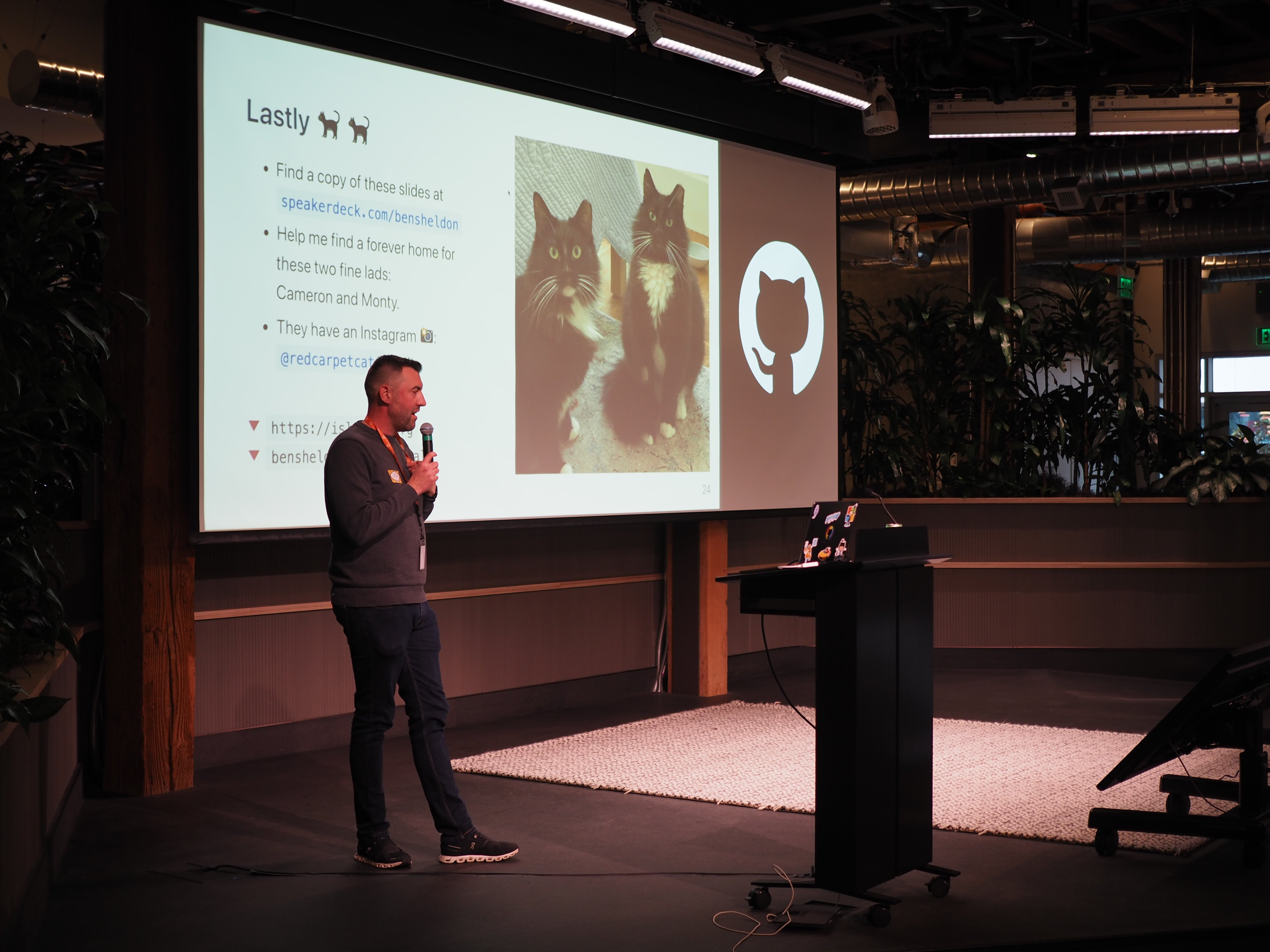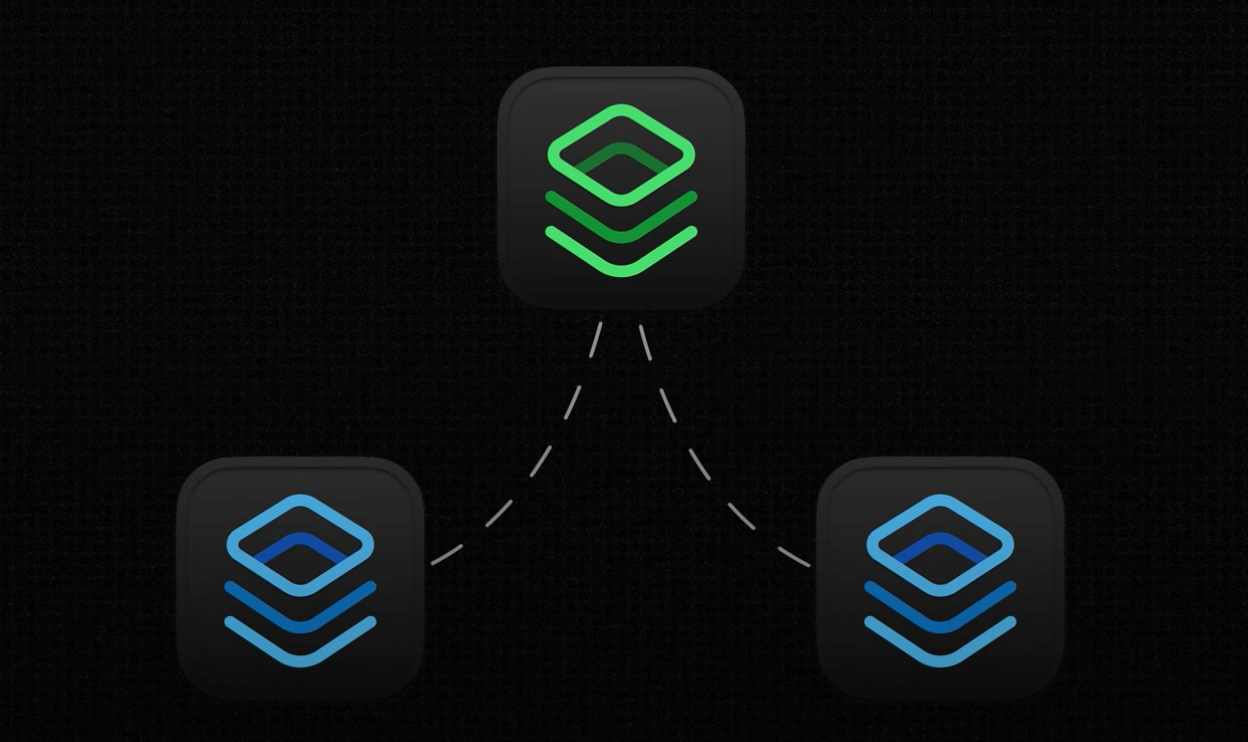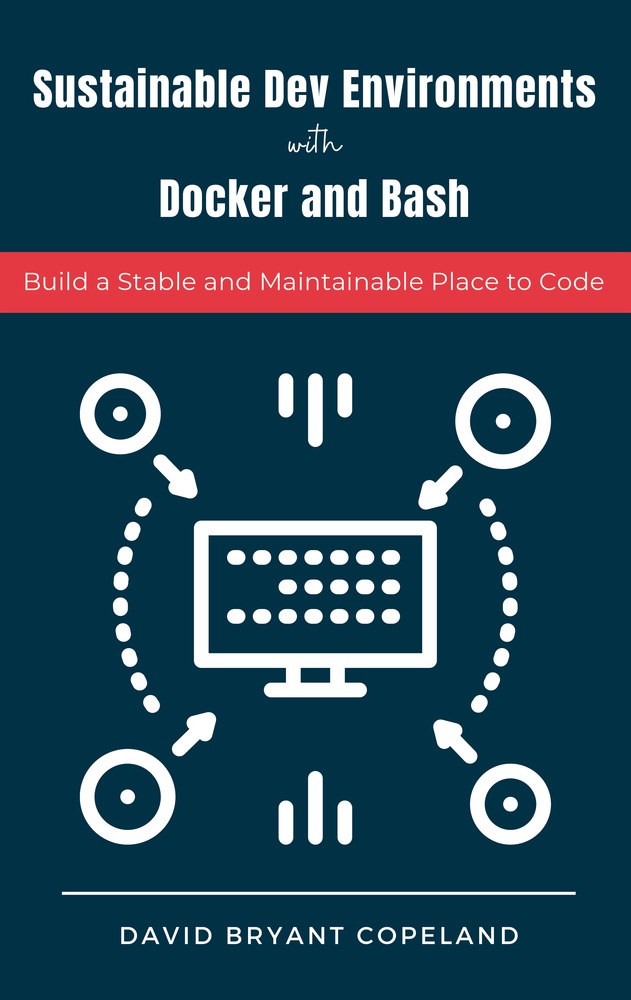Stephanie is back with a book recommendation: "Thinking in Systems" by Donella Meadows. This book has helped to bolster her understanding of complex systems in environmental, organizational, and software contexts, particularly through user interactions and system changes. Joël describes his transformative experience watching last week's total solar eclipse.
Together, they explore how systems thinking influences software development and team dynamics by delving into practical applications in writing and reading code, suggesting that understanding complex systems can aid developers in navigating and optimizing codebases and team interactions.
Transcript:
JOËL: Hello and welcome…





























